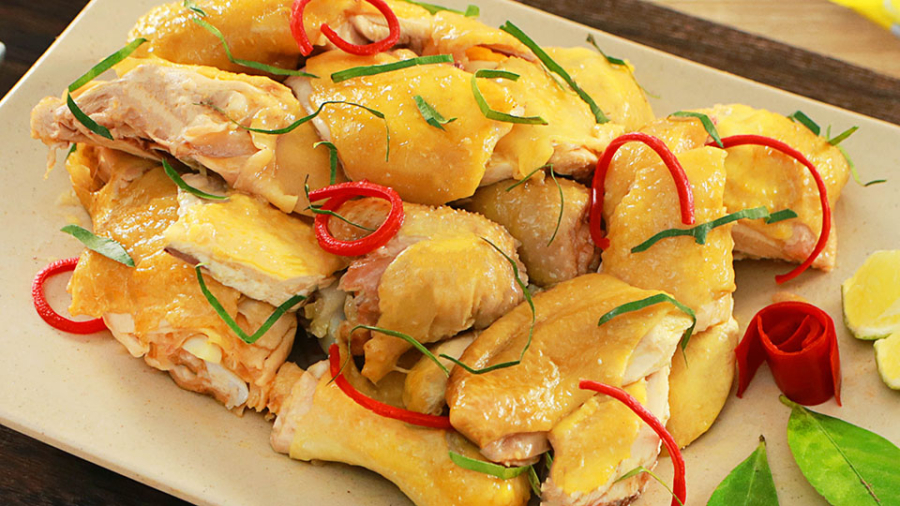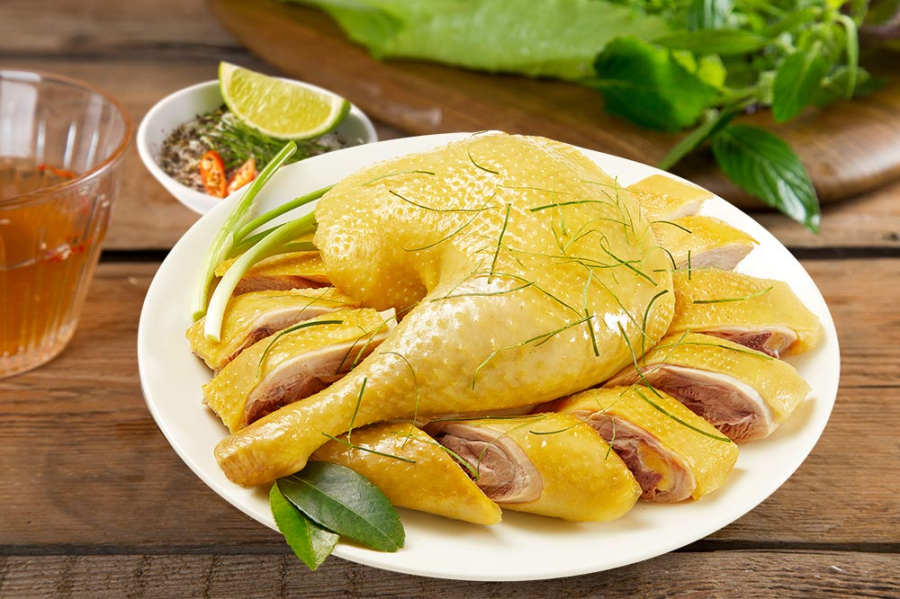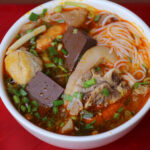The Benefits of Boiling Chicken in Hot or Cold Water
According to veteran chefs, boiling chicken in cold water is the traditional way of cooking chicken. By boiling the chicken in cold water, we can achieve a more delicious broth and remove impurities.
Experts suggest that if you want to boil chicken for its broth, using cold water is the best option. This is because the chicken’s nutrients will be released into the broth more effectively. When boiling chicken in cold water, there is no need to skim the foam, and you can ensure a clear broth. So, this method of boiling chicken is not a bad choice either.

Boiling Chicken: Hot or Cold Water?
Boiling Chicken in Cold Water
Depending on the size of the chicken, whether it’s a smaller or larger bird, or if it’s a farm-raised or wild chicken, the boiling time will vary. The typical preparation method is to use a thick-bottomed pot and fill it with cold water, ensuring the water level is at a minimum of two-thirds of the chicken to prevent discoloration. Then, add salt, ginger, and dried onion to enhance the flavor of the broth.
Next, you should simmer the chicken over medium heat. Once you see a gentle rolling boil, skim the foam. It’s important to maintain a low boil and be gentle when turning the chicken to avoid tearing the skin. Boil for about 5-7 minutes, then turn off the heat, cover the pot, and let the chicken continue cooking for 25-30 minutes. This ensures even cooking without breaking the skin or reddening the bones. If you boil the chicken for longer than 10 minutes, you can reduce the simmering time accordingly.
Benefits of Boiling Chicken in Hot Water
According to experts, boiling chicken in hot water is more challenging compared to cold water. To master this technique, you need to carefully adjust the timing and be skillful in your handling. The advantage of this method is that it helps retain all the nutrients within the chicken, resulting in sweeter meat. In contrast, boiling chicken in cold water for an extended period can lead to nutrient breakdown.

The Right Way to Boil Chicken: Hot or Cold Water?
Boiling Chicken in Hot Water
First, boil a moderate amount of water and add dried onion, crushed ginger, and salt to taste. Then, dip the chicken in the boiling water two to three times to acclimatize it to the temperature. Place the chicken in the pot with the thighs facing down, as they take the longest to cook.
Cover the pot, and once the water returns to a boil, reduce the heat to low. Maintain a gentle boil, and if foam appears, skim it off. The simmering time will depend on the weight of the chicken. For instance, a chicken weighing over 2kg will require about 20 minutes of simmering. After turning off the heat, cover the pot and let the chicken continue to cook for an additional 5-7 minutes. This ensures the chicken is cooked through without any reddening of the meat or bones. Finally, immerse the boiled chicken in ice water to achieve crispier skin. And there you have it—a delicious boiled chicken dish!
The Secret to Perfectly Cooked Water Spinach: A Crisp, Green Delight
When the water is at a rolling boil, add a teaspoon of salt and stir until dissolved. Then, add your vegetables and blanch for around 5 minutes, ensuring they are fully submerged. You’ll know they’re done when the stems are easily pierced with a fork or your fingers – be sure to test! Once tender, drain the vegetables and serve as desired.






































